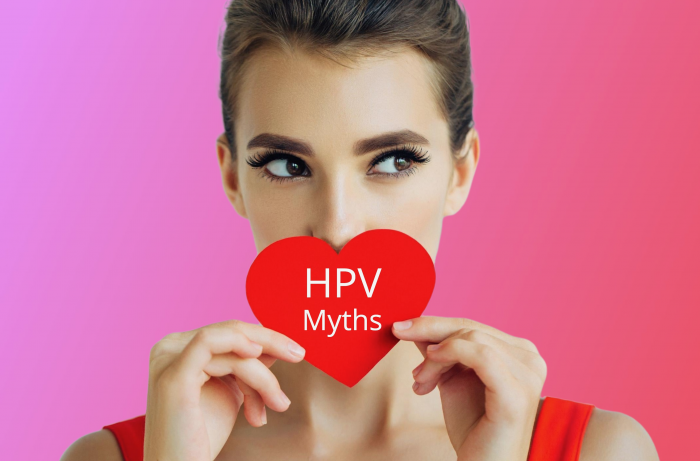
Many myths and misinformation about HPV are floating around the internet and social media. If you’re trying to learn more about HPV and its effects on people, you may struggle to find a credible source to give you the facts rather than the myths.
What is it like to live with an HPV infection? What are the risk factors associated with it? What are the best prevention methods? If you cannot get accurate answers to these questions, it could potentially cause great harm if you get infected with HPV. We will debunk the top five myths and misinformation about HPV so you know what to expect from an infection.
1) HPV Only Affects Women
No, that is not true. Men and women are both susceptible to HPV infections. In fact, according to the U.S. Centers for Disease Control and Prevention, most sexually active people will become infected with HPV at least once throughout their lives.
The risk of contracting HPV increases even more if you have multiple sexual partners. And since HPV can spread very quickly through oral, anal, and vaginal sexual contact, virtually anyone having sex can get HPV.
Furthermore, there is no telling which HPV type a man or woman might contract. It could be a low-risk HPV type causing genital warts or a high-risk HPV type causing cancer. You never know until you have it.
2) HPV Always Causes Cervical Cancer in Women
No, that is not true. In most HPV cases, the infected person will not get cancer or experience symptoms. Only a small percentage of the 200+ HPV strains will cause cancers like cervical cancer.
Most infected people never experience any symptoms or cancer from HPV because their immune systems protect their bodies and eradicate the virus within a few years of the initial infection. However, it is still good to let a doctor monitor the cervix to check for abnormal cell growth. That way, any precancerous cervical cells can be detected and treated before progressing further into something cancerous.
3) Negative HPV Test Result Means You Cannot Spread the Virus
No, that is not true. Negative HPV test results don’t mean the virus is gone from your body forever. If you have already been infected with HPV, the virus could remain dormant in the body for several years before revealing itself again. It could even remain dormant for the rest of your life.
The state of dormancy does not prevent the virus from spreading to other people. You could still unknowingly transmit HPV to your sexual partners if you are not careful. That is why the United States Preventative Services Task Force encourages women between 30 and 64 to get an HPV test at least once every five years and a pap smear test at least once every couple of years.
4) You Can’t Get HPV After Menopause
No, that’s not true. Most HPV-infected women are under 30 because they are the most sexually active statistically. But that doesn’t mean women over 30 or post-menopausal women cannot get HPV because they can.
Medical research has found that women over 50 with dormant HPV infections may see their viruses reactive again in their post-menopausal years. As a result, it is even more imperative for older women with a history of HPV infection to undergo regular HPV testing and pap testing to look for signs of abnormal cell growth and cancer.
5) HPV Vaccine Eliminates the Need for Pap Tests
No, that’s not true. Of course, it is wise to receive the latest HPV vaccine as soon as possible to stay protected from the potential dangers of HPV. But vaccinated women should still get regular pap tests completed because HPV is not the only cause of cervical cancer.
Besides, HPV vaccines like Cervarix and Gardasil only offer viral protection against two high-risk HPV types (16 and 18). So, if you were to contract another high-risk HPV type, the vaccine won’t offer protection against it.
Getting vaccinated is still a good idea because HPV types 16 and 18 are the most common cause of cervical cancer in infected women. But get your pap tests done anyway to give yourself peace of mind about your cancer status






